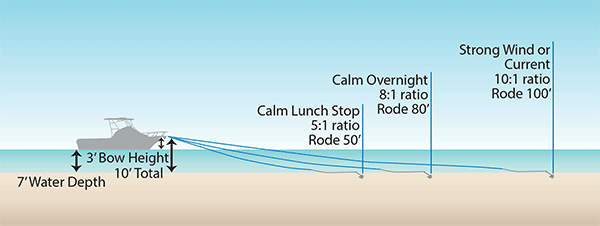- Joined
- Mar 15, 2016
- Messages
- 4,509
- Display Name
Display name:
Ari
What a painful thing to watch. I was thinking about this quite a bit when I had to tie my plane down last night. The FBO I planned to use no longer accepts transient planes, so I had to use the public tie-downs, which don't even have tail tie-down rings. I prefer rope but what I had handy was ratchet straps. Fortunately, the wind forecast while I have to leave the plane there isn't bad. But I still worry about the plane being held in place with just two straps.
For those who do use ratchet straps, make sure you secure them to the tie-down and to your plane with something more than the hook on the strap. I know someone who got a call to inform him that his plane had rocked free of the hooks and was only still tied down at one point.
For those who do use ratchet straps, make sure you secure them to the tie-down and to your plane with something more than the hook on the strap. I know someone who got a call to inform him that his plane had rocked free of the hooks and was only still tied down at one point.



